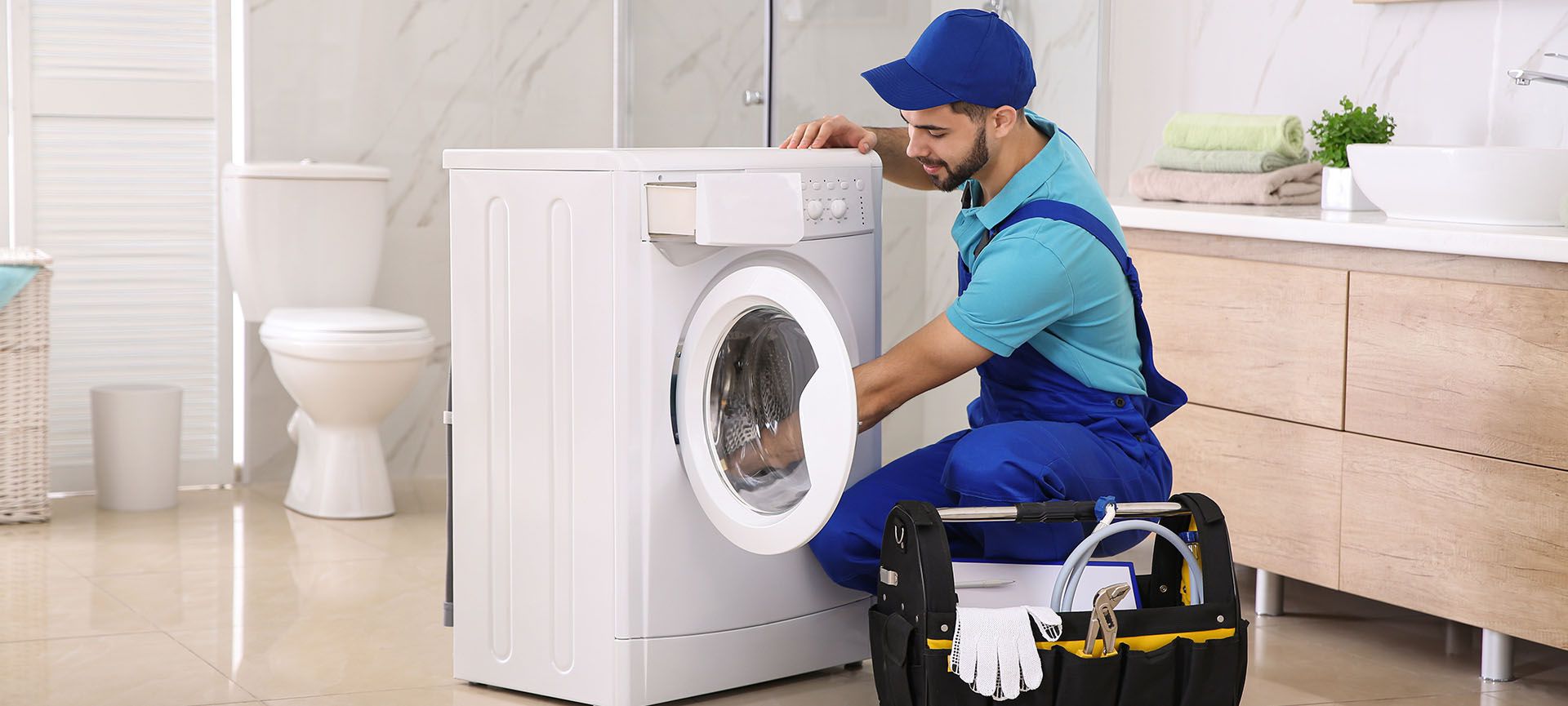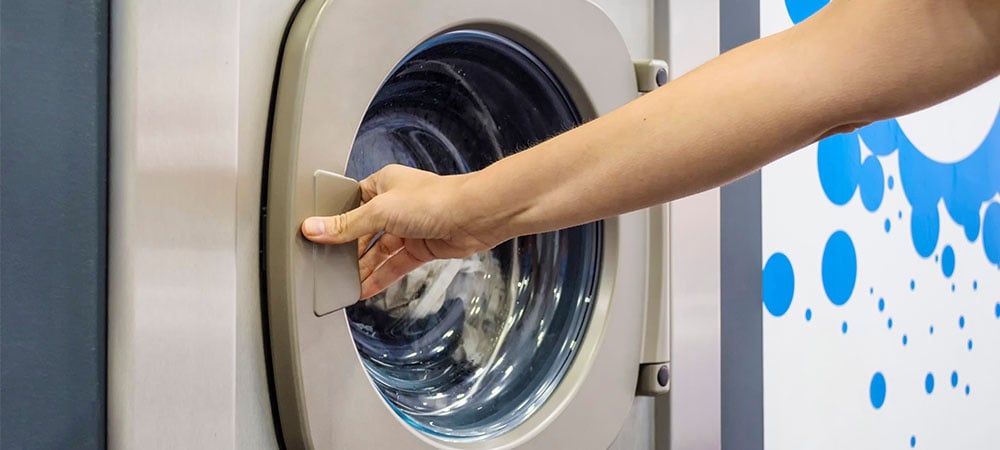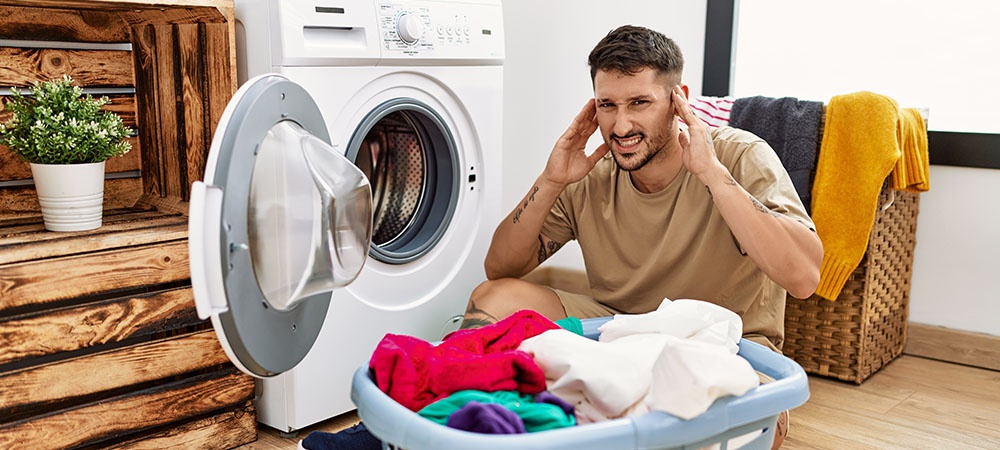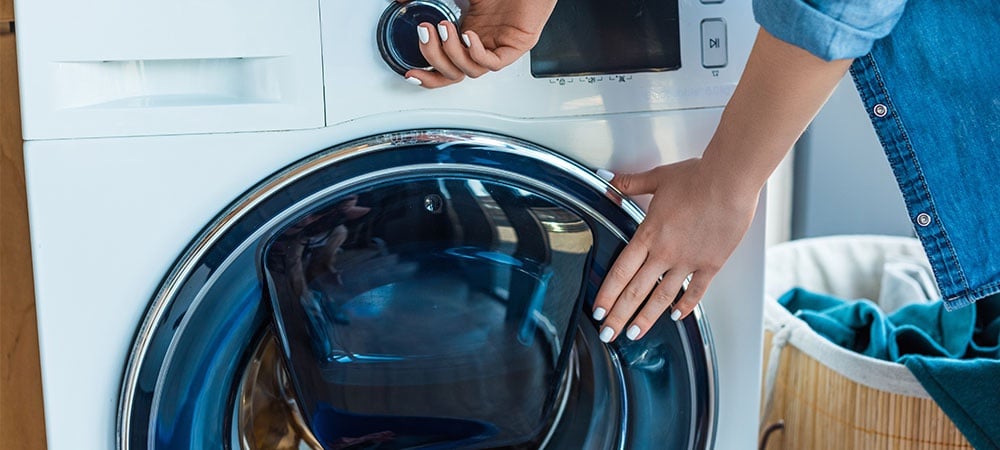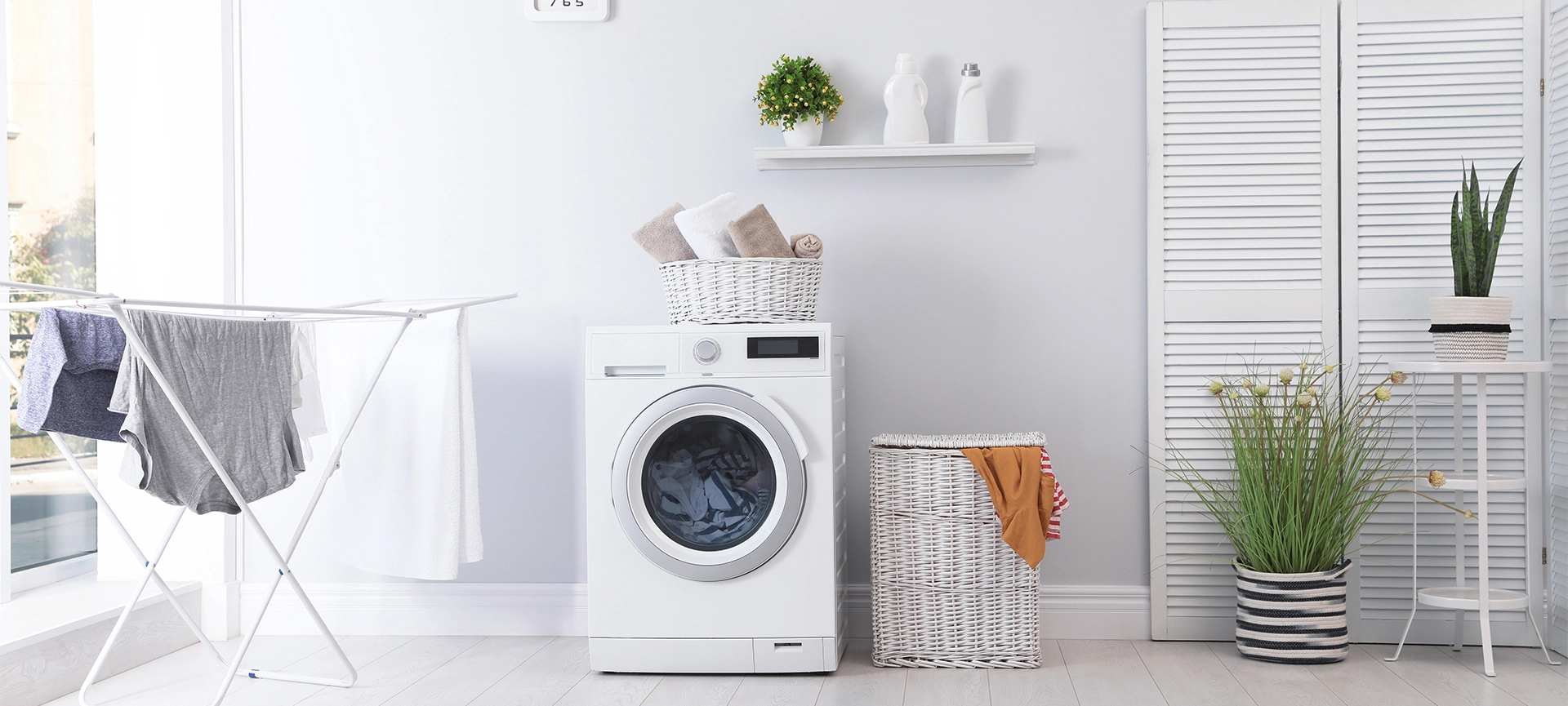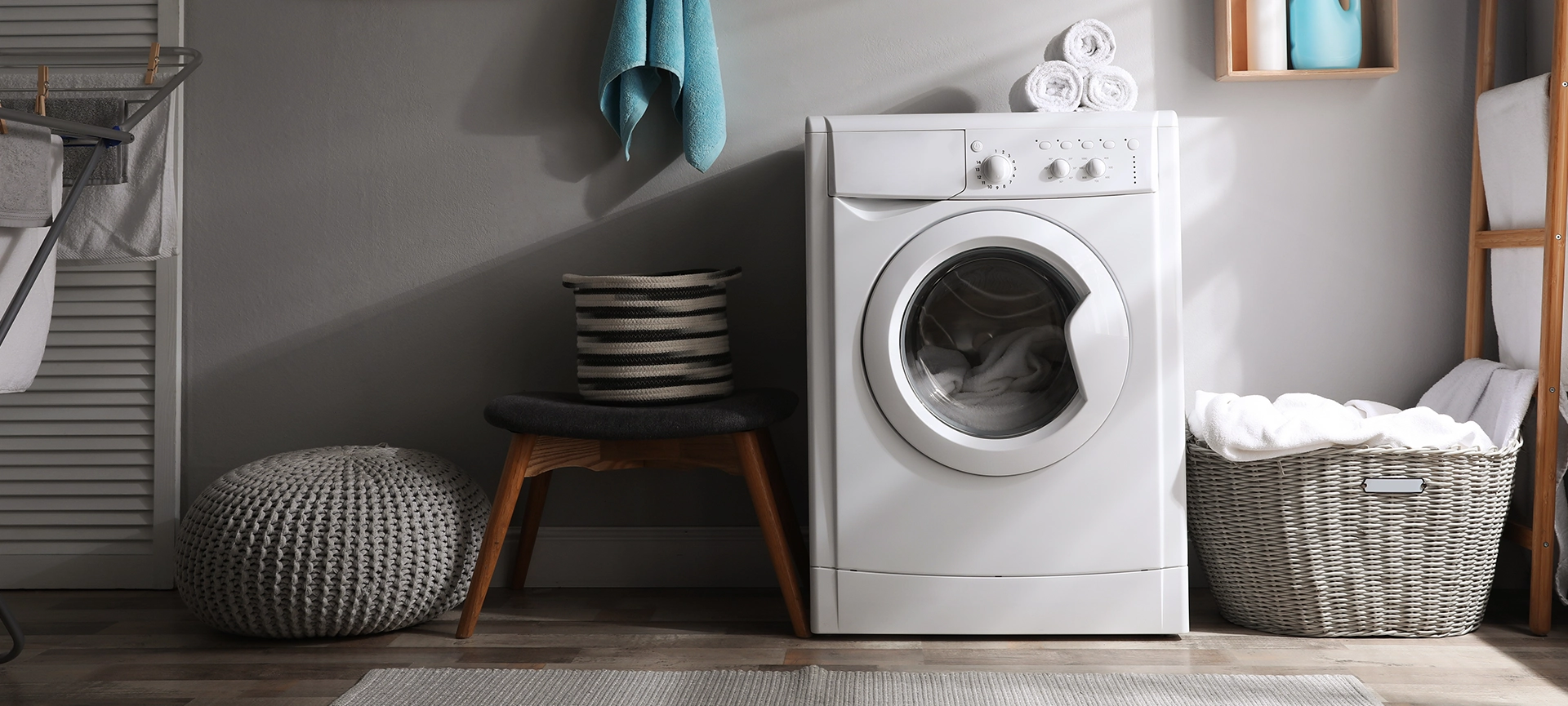Your washing machine’s basin may have water that refuses to drain. Or maybe it’s emptied but isn’t spinning. The machine may have washed the clothing, but it just didn’t come out as clean as it should. In other words, your washing machine has either slowed down or ceased working entirely.
Considering how hard a washing machine works, you can’t rule out the possibility of it occasionally malfunctioning or losing enough cleaning power. But you don’t always have to pay a high-priced appliance repairer to fix your washing machine.
The majority of these washing machine fixes simply call for basic hand tools. And the fixes are simple for even the most inexperienced persons. This position simply means you can repair your washing machine at home.
Common Washing Machine Faults and Repair
There are certain precautions to observe before attempting a washing machine repair. Firstly, always ensure you disconnect your washing machine before beginning any repairs. No matter how simple the repair may seem, please unplug it from the power source.
Also, keep in mind that washing machines are hefty and may easily topple over. Therefore, don’t tilt or move the appliance on your own.
Things you may need for repair include general tools like screwdrivers, a pen (may not be necessary), a bucket, vibration pads (may not be necessary), and the like.
Troubleshooting a Washing Machine That Won’t Work
When it comes to washing machine malfunctions, this one is the most common. In this case, the machine isn’t just coming on. Nothing happens after you put the clothing in the washing machine, move the dial, or click the “ON” button.
To repair your faulty washer in this instance, try the following solutions.
Check Power Cord
To repair a washing machine with this issue, examine it and ensure its proper power connection.
Make sure that the washer’s power wire is connected. Machines may move due to the vibration of washers, especially when the load is unbalanced. Also, as the machine vibrates from a spot, it may accidentally unhook the power cord.
If you use ties to shorten your cords, they won’t budge. However, you can free up the cable by untying the knot.
Check Circuit Breaker
If the above isn’t the issue, kindly look at the circuit breakers. The washer’s circuit breaker may have tripped. You need to locate the electrical service panel to reset a circuit breaker.
Flip the circuit breaker from the “OFF” position back to the “ON” position to turn the power back on.
Check Washer’s Lid
The lid switch strike on your front-loading washer may be defective. The door frame area tells the machine it’s OK to start filling with water because the door is closed properly.
Observe how the lid portion on the door connects to the part on the machine as you close it. The top and bottom halves should fit together perfectly.
Test the lid of your top-loading washer by turning it “ON” and inserting a blunt-ended pen through the hole. Even if the lid is open, the water should start filling if everything works properly.
Troubleshooting a Washing Machine that’s not Cleaning Well
This problem is one of the most aggravating washer issues. This assertion is because you only realize it after the complete washing cycle. When you remove your garments from the dryer, you’ll just notice lint, hair, and other dirt stuck to them.
However, there are ways to repair your washing machine if it develops this issue.
Ensure The Machine Isn’t Overloaded
Avoid cramming your washing machine to the brim with laundry. When a washing machine is overfull with clothes, the clean rinse water can’t remove the detergent and other debris.
You can find specific load maximums in your appliance’s owner’s manual.
Check Detergent Level
You may need to reduce the amount of detergent you’re using too. A lot of detergent may cause lint and other dirt to return to the clothing instead of removing it from the fabric’s fibres.
Rinse and Dry Your Pets’ Products Separately
Pet-related things, including blankets, dog and cat beds, and chew toys, should be washed separately from clothing. Afterwards, clean the washing machine tub by hand if the pet load is particularly soiled.
How to Fix a Washing Machine that Doesn’t Spin
A washing machine refusing to spin after water draining is one of the most common washer problems. High-speed spinning removes water from clothing, allowing it to dry quicker in a dryer.
See the following ways to repair your washing machine with this issue.
Clothes Should Be Redistributed
Try to reorganize the clothes in the washing machine’s container. A washer will usually shut off once it detects an imbalance in the load until it’s balanced correctly.
Close the lid once more after dispersing the clothes. If the load distribution is proper, the machine should spin automatically.
It’s common for machines with heavy loads to experience imbalance. This issue is prevalent, especially if they include absorbent fabrics such as sheets, towels, and thick clothes.
Check to See whether the Appliance Is Level
Determine whether or not the washing machine is level on the floor. Generally, for safety, your clothes washer automatically stops spinning if it detects an out-of-level machine.
Therefore, ensure the machine’s legs are straight and level by using a bubble level. It may be necessary to re-level the floor or install a level platform under the washer if the straightening doesn’t work.
Keep Drainage Running Properly
Drainage and the drain hose may need checking in this instance. This check is because there’s a risk that little things will clog up the drainage system of the machine.
Checking the drain pump of a washing machine may not necessitate dismantling the appliance. A clogged drainage hose from the machine’s rear may also be the cause of the problem.
Repairing a Noisy Washing Machine
Washers that emit thuds, grinds, or pops during vibration and spin cycles are very bothersome. This movement can damage the washing machine and cause new issues, so you have to repair it as soon as possible.
Here’s how washing machine technicians fix a noisy washer:
Tub Bearings Should be Lubricated Or Replaced If Necessary
It’s possible that the tub bearings, located right below the tub, need replacement. In addition, the tub bearings may need lubrication if the washing machine generates a squeaky sound.
Make Sure Your Belts Are Secure
You may need to replace the washing machine’s motor drive belt or pulley. You’ll need to take apart a large portion of the washing machine to reach the engine for this repair.
There’s a chance that the pump pulley belt is fractured, frayed, or in some other way damaged. In some cases, the belt will also emit a noxious odour.
Related Article: How Much Does it Cost to Repair a Whirlpool Washer?
Repairing a Non-Agitating Washing Machine
Another common washing machine issue you may need to fix is when the agitator stops working. This problem usually occurs when you fill a washer, and the agitator just doesn’t move.
The motion of agitation is what cleans the clothes. The agitator, a plastic cone-shaped device, performs this movement.
The upper and lower halves of the agitator connect with little plastic-directed cogs. Interestingly, these cogs are also known as “dogs.”
How do you repair your washing machine in this situation? See the following fixes.
Take a Closer Look at the Cogs
While the machine is agitating, remove the cover. Also, try depressing the lid switch with the blunt end of a pen to keep the machine running even while the lid is open.
The agitator may not move despite the machine generating regular agitation noises or even grinding noises. Unfortunately, this result means the cogs may be broken and require repair.
Reboot the Washing Machine
Your washing machine’s motor may need to reset after a power surge. Check your owner’s manual for instructions on resetting the motor on different brands.
It’s necessary to unplug the washing machine, plug it back in, and lift and lower the lid six times within 12 seconds. This raising of the lid is to be a minimum of 2 inches. This precision will help break the lid switch magnetic connection.
Troubleshooting a Washing Machine Filling Up With Water But Not Draining
Lifting the top of the washing machine to find clothing floating in a pool of grime water is frustrating. And unfortunately, this experience is quite common among many homeowners. In the early stages of this occurrence, you’ll notice the water’s likely still pretty hot or lukewarm.
See the following repair tips for your washing machine not draining.
Check For Clogs
The pump in your washing machine may have become clogged by a piece of fabric or another item from the washing process. First, unplug the appliance after draining the water with a kitchen measuring cup.
Next, remove screws from the appliance’s front panel. This action is straightforward. It just takes you propping the machine’s front on 2×4 boards or bricks. It makes it easier to navigate the machine generally.
The pump housing of your machine may be visible, making it easy to determine if the pump is clogged. If so, gently twist the clog out of the pump with pliers.
Do a Tube Check
The corrugated tubing leading to the pump may also have clogs. Remove the tube’s clamps. Have a bucket or trashcan available because the machine will fill this tube with water. Drain out the water.
The hose’s discharge end is most likely to be blocked if there is a problem. By hand or with pliers, remove the blockage.
Making Your Washing Machine Stop Swaying or Moving
It’s common for a washing machine to shake or vibrate strongly during the spin cycle. In fact, it sometimes vibrates to the point where the machine jogs from its original station.
High-efficiency machines, which have faster spin cycles than top-loading machines, can make this difference more obvious.
Jogging machines open you to severe risks. These dangers include fire or water damage if there’s a disconnection from the water or drainage system or a strain on the power wire.
However, this situation is one of the common washer problems you can quickly fix. Fix or repair a moving washing machine by doing the following:
Ensure a Balanced Machine
Rebalancing your machine may be necessary. You can use a bubble level to see if the machine is level from top to bottom. Then, readjust the machine’s level by turning the machine’s legs up or down.
Most washing machines have four adjustable legs, unlike the dryer, which only has two adjustable legs in the front.
Connecting Straps Should Be Tightened
Usually, because of stacked washer-dryer combos, the connection straps may have loosened. And this slackness can cause the appliance to shake violently. Here, the dryer could slide off your washing machine, making this a potentially dangerous condition.
Therefore, if the straps are too loose, tighten them or get new ones.
Make Sure The Weight Is Evenly Distributed
Unbalanced loads are the most common cause of a shaky washer. Don’t place all the heavier, long things on one side of the agitator. Large stuff should be on the other side of similarly sized ones.
You May Need an Anti-vibration Pad
Purchase an anti-vibration pad if necessary. 3-inch thick cushions have proven to be effective in reducing vibration and shaking. Anti-vibration pads are a worthwhile investment if you want to lessen the impact of washer vibration on your home’s flooring.
Washing Machine Maintenance Tips
It’s a good idea to give full attention to your washing machine at least once a month. On a lighter note, that’ll be your way of showing gratitude for its sanitation job for your laundry.
Maintaining your washing machine will help you avoid malfunctions that could lead to costly water damage or even appliance failure.
Therefore, avoid needing repairs by adhering to the following washing machine care tips.
- Replace the water hose when due.
- Move the machine properly to the wall to maintain the hose connection.
- Ensure the machine is level.
- Remove the lint from the lint filter and wipe it down.
- The washing machine needs frequent cleaning.
- Keep mildew and musty odours at bay.
- Your detergent should be well-measured.
- Make sure the machine doesn’t overwork.
- Never overload it.
- Add a drip pan to the bottom of your washing machine to catch the water that spills out.
Related Article: Types of Washing Machines and Which Is Best For You?
Summary
At this point, you’re definitely knowledgeable enough on how to repair your washing machine at home.
But there may be times you attempt DIY washing machine repair to no avail. In situations like this, our washer repair services can help you out.
Our highly-trained appliance repair experts at Prime Appliance Repair will be available the same day you call us. Contact 647-905-7302 to get your washing machine back to its best in no time.





